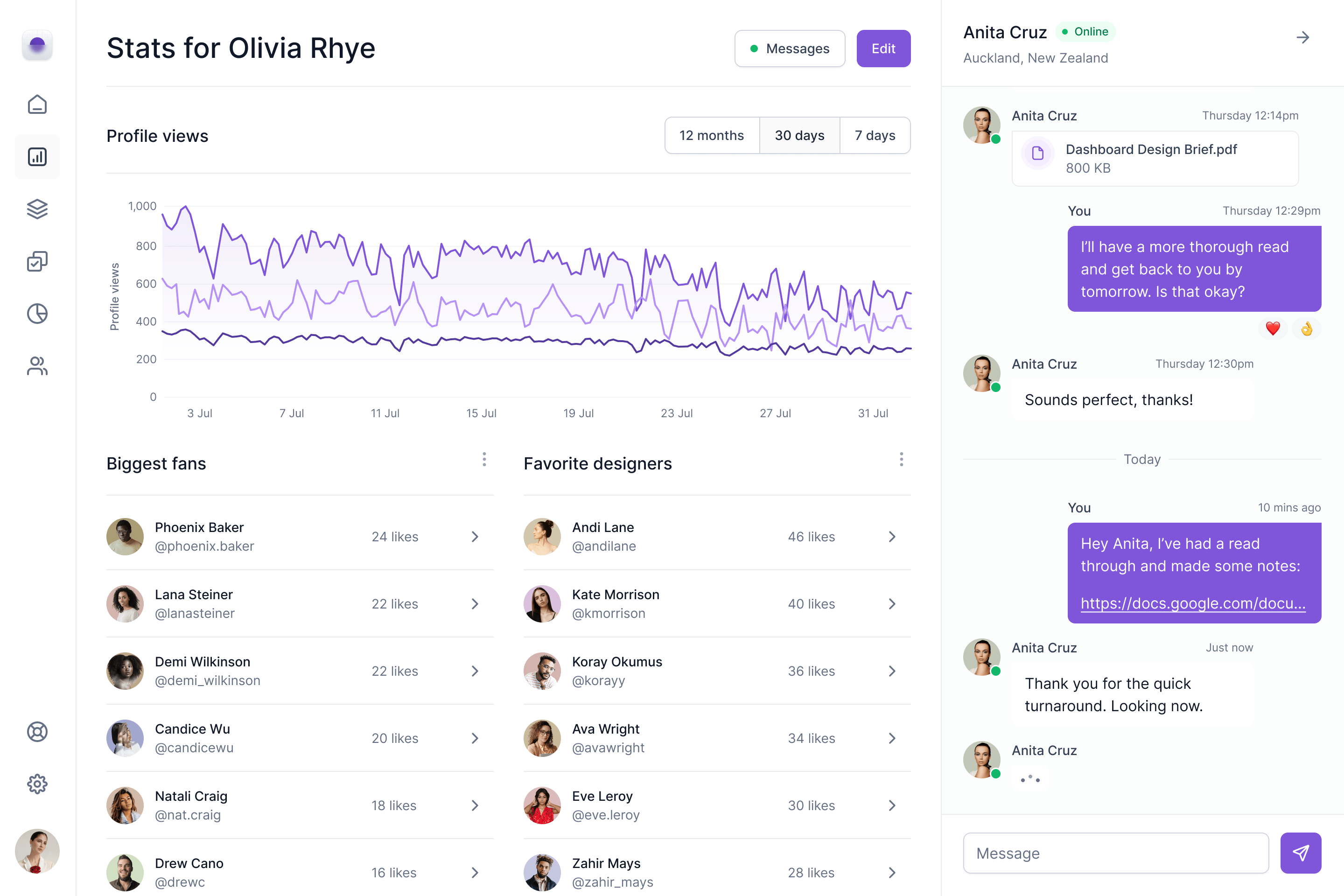Navigating insurance risks in the heavy commercial vehicles industry


The heavy commercial vehicles industry operates within a complex ecosystem, constantly grappling with a myriad of risks that significantly impact business viability and operational stability. All these challenges, from economic pressures to fluctuating market demands and rising fuel costs, demand that the business develop agile and robust risk mitigation strategies.
The industry often involves the delicate task of transporting oversized or fragile loads. These vehicles often carry the most expensive and critical equipment and goods that keep industrial businesses running. Transportation of high-value equipment and goods requires careful planning and execution, taking into account factors like extreme weather, poor road conditions, bridges, tunnels, weight limits, and road safety compliance requirements.
The insurance premiums are mainly determined by the risk associated with the transporting vehicle. For instance, a delivery van traversing a busy urban area faces different hazards compared to a long-haul truck operating on a long-distance journey. We examine some of these risks and how operators can mitigate them to reduce the costs of their insurance premiums.
Driving skills and safety measures - The businesses in this industry must employ drivers with expert knowledge of routes, permits, and advanced driving skills to navigate oversized loads through tight spaces. Insurers usually look at factors such as vehicle type, cargo, operational radius, and driver experience when evaluating risk. It’s the responsibility of the business owners to ensure that work is assigned to appropriately qualified, experienced, and responsible drivers. The driver should be well-versed in defensive driving techniques. Hiring drivers with strong safety records can minimise the risk of accidents on the road. Implementing rigorous safety measures, such as equipping vehicles with all necessary safety equipment, like reflectors, flags, warning signs, and appropriate lighting for night transport, can mitigate risks on the roads, potentially leading to discounted insurance premiums.
Fleet Maintenance - The business must conduct thorough pre-trip inspections of both the equipment being transported and the truck to identify any potential issues that could cause problems during transit. Depending on the type of equipment, the business owner might need specialised trailers or vehicles designed for heavy loads. This will ensure that the truck used is appropriate for the size and weight of the equipment. It is also critical to prioritise meticulous vehicle upkeep, ensuring that every heavy commercial vehicle is roadworthy to transport the biggest and heaviest loads. By addressing maintenance as a proactive risk management strategy, businesses can safeguard their fleet and maintain the integrity of their business.



